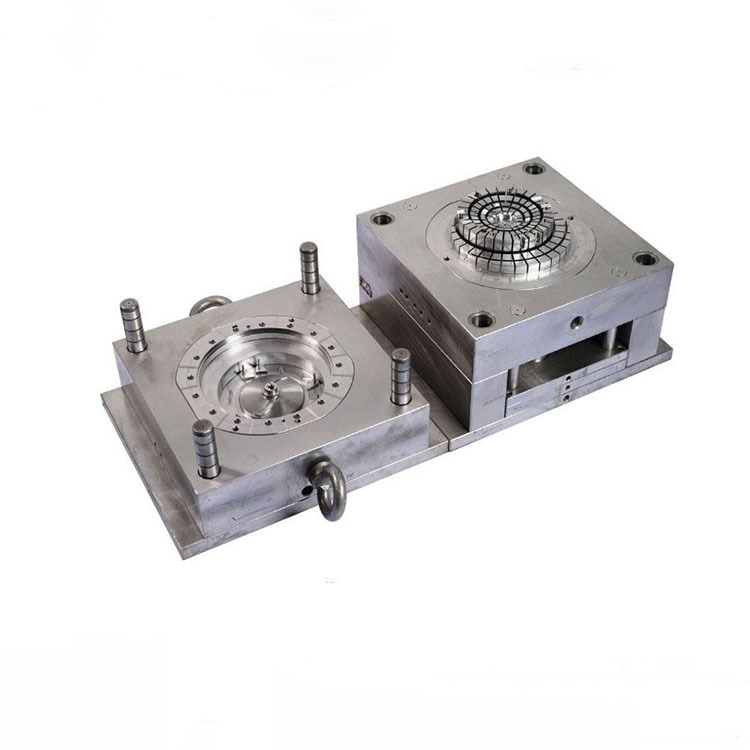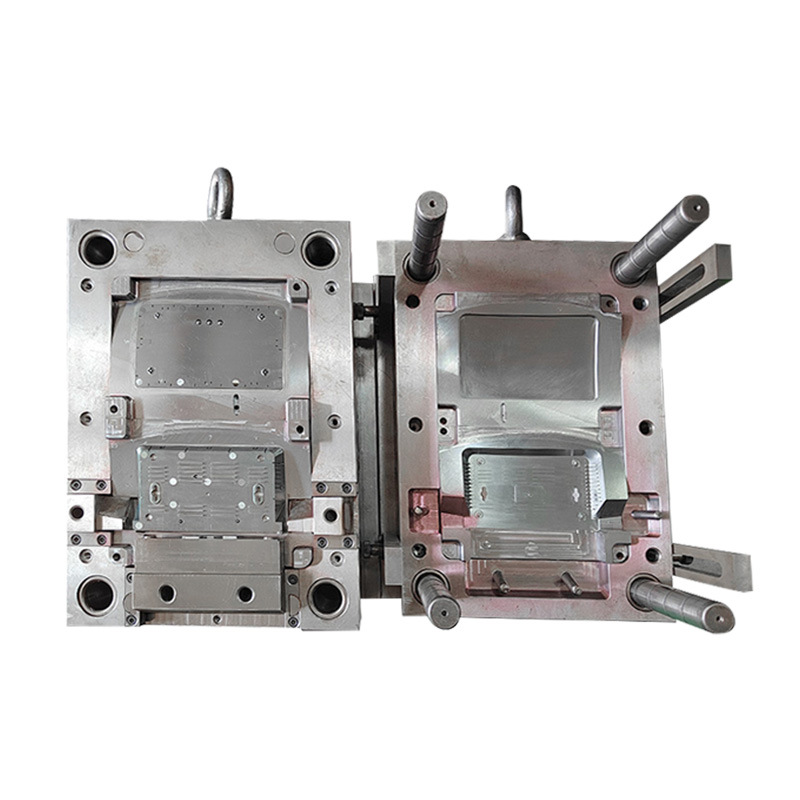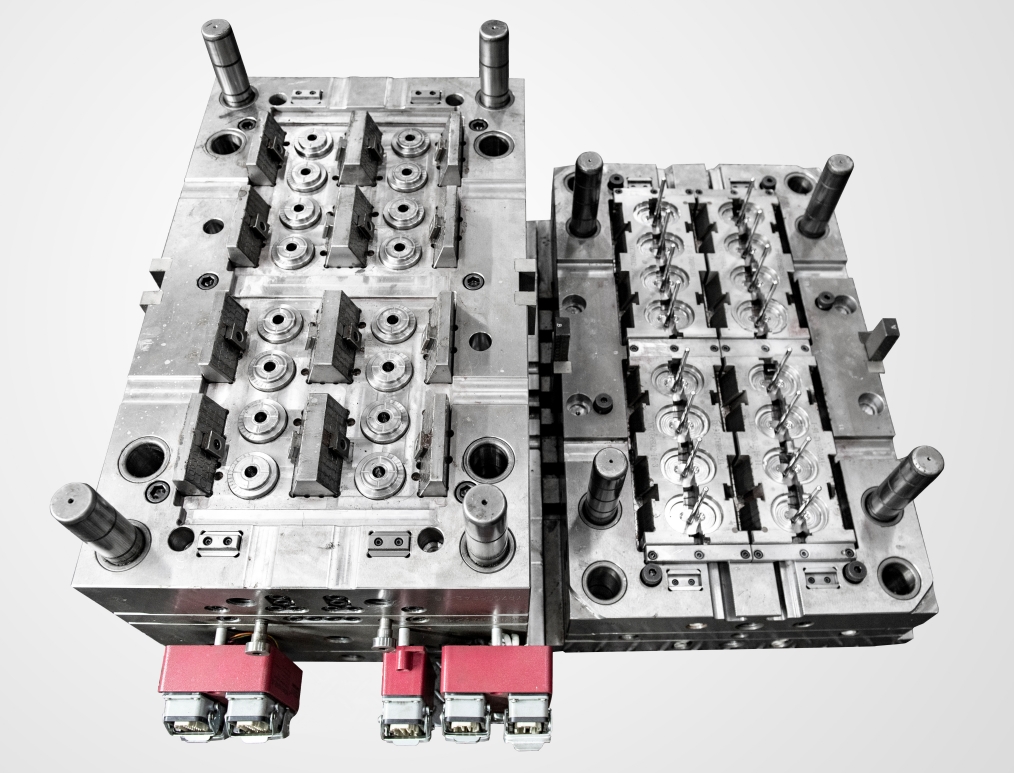During the PVC injection molding process, defects such as bubbles, short shots, and warping directly affect production efficiency and product qualification rates. This article deeply analyzes 8 core solutions from the perspective of mold design optimization and process parameter coordination, combined with industry cases and data, to help enterprises reduce the rejection rate and enhance their market competitiveness.
Root cause of the problem: Small gate size or position deviation leads to uneven melt flow, causing defects such as short shots and flow marks (spiral marks).
Optimization solutions:
Gate cross - section design: The gate height should account for 50% - 60% of the product wall thickness to reduce flow resistance (for example, medical - grade PVC products require a gate height of ≥1.5 mm).
Multi - point gate layout: For large flat parts, a fan - shaped gate is used, combined with the secondary injection technology to reduce differences in the flow path.
Water - blocking pins and buffer packs: A buffer structure is added at the end of the runner to reduce the melt impact speed and alleviate weld lines.
Root cause of the problem: Poor venting leads to gas trapping, resulting in bubbles or burns (commonly seen in complex structural parts with a wall thickness > 3 mm).
Optimization solutions:
Precise vent groove parameters: The depth is 0.01 - 0.03 mm, and the width is 5 - 10 mm, which is suitable for the fluidity of PVC (food - grade products require higher venting accuracy).
Intelligent vent rod layout: Vent rods are installed at the weld line or the end of the cavity to increase the gas discharge efficiency by more than 30%.
Dynamic maintenance mechanism: Clean the vent holes every 5,000 mold cycles to avoid black spot problems caused by blockage.

Root cause of the problem: Uneven mold temperature leads to shrinkage differences, causing warping or sink marks (the shrinkage rate of amorphous PVC can fluctuate by 0.5% - 1.2%).
Optimization solutions:
Zoned cooling circuit: Independent cooling channels are set for areas with different wall thicknesses, and the temperature difference is controlled within ±2°C.
Dynamic mold temperature adjustment: A PID temperature control system is used to monitor and adjust the cooling water flow in real - time, which is suitable for the production of high - precision medical components.
High - temperature molding strategy: Without the risk of shrinkage, the mold temperature is increased to 50 - 70°C to extend the melt flow time.
Root cause of the problem: Rough surface or insufficient demolding angle leads to mold sticking (commonly seen in deep cavities or threaded structures).
Optimization solutions:
Ultra - precision polishing process: The surface roughness of the cavity Ra ≤ 0.2 μm to reduce demolding resistance (automotive parts molds require Ra ≤ 0.1 μm).
Gradient demolding angle: The basic demolding angle is 1° - 2°, and it is increased to 3° - 5° in complex areas to reduce stress concentration.
Application of composite coatings: Nickel - PTFE coatings reduce the friction coefficient and extend the mold life to more than 500,000 mold cycles.

Root cause of the problem: The melt cools too quickly at the confluence point, forming a weak - strength zone (the strength of the weld line is only 60% - 80% of that of the base material).
Optimization solutions:
Melt front acceleration technology: The secondary injection speed is increased to 120 mm/s to reduce temperature loss.
Design of process overflow grooves: Overflow grooves are reserved at the weld line position and removed after molding to transfer defects.
Raw material pretreatment standards: The moisture content of PVC ≤ 0.02%, the drying temperature is 70°C ± 5°C, and the drying time is ≥ 4 hours.
Root cause of the problem: Insufficient clamping force or mold deformation leads to flash (for every 10% increase in the projected area, the clamping force needs to be increased by 8% - 12%).
Optimization solutions:
Layout of internal mold support pillars: Add 1 support pillar with a diameter of ≥ 20 mm per 100 mm² to improve mold - closing stability.
Dynamic calibration of the clamping force: Set parameters according to the formula "Clamping force ≥ 400 tons/m² × Projected area".
Application of high - rigidity steel: Use pre - hardened steel P20 or cemented carbide, with a deformation of < 0.02 mm.

Root cause of the problem: The waste in the cold runner accounts for 15% - 30%, increasing costs and the risk of decomposition.
Optimization solutions:
Needle - valve - type hot runner: Precisely control the melt injection, reducing the scrap rate to less than 3%.
Temperature zoning management: The hot nozzles are independently temperature - controlled with a temperature difference of ±1°C to prevent PVC decomposition.
Quick - color - change design: The runner volume is reduced by 40%, and the cleaning time is shortened to 15 minutes.
Root cause of the problem: Traditional mold testing is costly and difficult to cover complex defects (mold testing costs account for 20% - 30% of the total mold cost).
Optimization solutions:
Multi - physical - field simulation: Predict the filling and cooling trends through Moldflow, and the optimization accuracy of the gate position is > 90%.
Stress cloud diagram analysis: Use ANSYS to detect the mold stress, and the fatigue life is increased by 50%.
AI - based process database: Recommend parameters based on historical data, increasing the qualified product rate by 15% - 20%.
Application of environmentally friendly additives: Environmentally friendly plasticizers (such as DOTP) and lead - free stabilizers gradually replace traditional formulations, meeting the RoHS 3.0 standard.
Intelligent mold monitoring: IoT sensors collect mold temperature and pressure data in real - time, with an abnormal warning response time of < 5 seconds.
Micro - foaming injection molding technology: Reduces the density of PVC by 10% - 15% while improving dimensional stability, meeting the requirements of automotive lightweighting.
References and Data Sources
China Plastics Processing Industry Association, "Injection Molding Defects and Solutions"
Guangyuan Ruifeng New Materials, "Causes and Countermeasures of PVC Injection Molding Failures"
Sohu Technology, "Practical Guide to Injection Mold Defects"
360 Document Center, "Measures for Improving PVC Injection Molding Problems"
Copyright © 2023 :Worldbound Plasitc Products Co.Ltd